Were the 1980s the Greatest Decade for Marvel?
The 1970s were a turbulent decade for Marvel Comics. While significant characters and storylines like "The Night Gwen Stacy Died" and Doctor Strange's encounter with God emerged, the 1980s truly marked a golden age, witnessing legendary creators launch iconic runs on Marvel's most popular titles. This era saw the rise of Frank Miller's Daredevil, John Byrne's Fantastic Four, David Michelinie's Iron Man, and the peak of Chris Claremont's X-Men, with Roger Stern's Amazing Spider-Man and Walt Simonson's Thor soon to follow. These creators fundamentally shaped the enduring legacy of these characters.
In Marvel's history, the 1980s arguably stand as its true golden age. Join us for Part 7 of our exploration of essential Marvel issues!
More Essential Marvel
- 1961-1963 - The Birth of a Universe
- 1964-1965 - The Sentinels Are Born and Cap Dethaws
- 1966-1969 - How Galactus Changed Marvel Forever
- 1970-1973 - The Night Gwen Stacy Died
- 1974-1976 - The Punisher Begins His War on Crime
- 1977-1979 - Star Wars Saves Marvel From Bankruptcy
The Dark Phoenix Saga and Other All-Time X-Men Stories
Chris Claremont's transformative X-Men run, beginning in 1975, produced some of its greatest stories in the early 1980s. The Dark Phoenix Saga (X-Men #129-137) remains arguably the most famous X-Men story. Jean Grey, the Phoenix, succumbs to corruption (aided by the Hellfire Club), becoming the Dark Phoenix, a formidable foe. This cosmic saga, co-plotted and penciled by John Byrne, introduces Kitty Pryde (Shadowcat), Emma Frost, and Dazzler. Jean Grey's sacrifice, though ultimately temporary, is a heartbreaking moment, often poorly represented in adaptations like X-Men: The Last Stand and Dark Phoenix, though X-Men: The Animated Series and Wolverine & the X-Men offered more faithful portrayals.
Following closely, Days of Future Past (X-Men #141-142) features adult Kitty Pryde traveling back in time to prevent an event that leads to a dystopian future ruled by Sentinels—the mutant-hunting robots first introduced in 1965 by Stan Lee and Jack Kirby. This iconic story has been revisited numerous times, notably in the 2014 film X-Men: Days of Future Past and Wolverine & the X-Men.
X-Men #150, another pivotal issue, showcases a battle between the X-Men and Magneto, nearly resulting in Kitty Pryde's death. Magneto's revelation as a Holocaust survivor profoundly shapes his character arc, paving the way for his more complex portrayal in later stories.
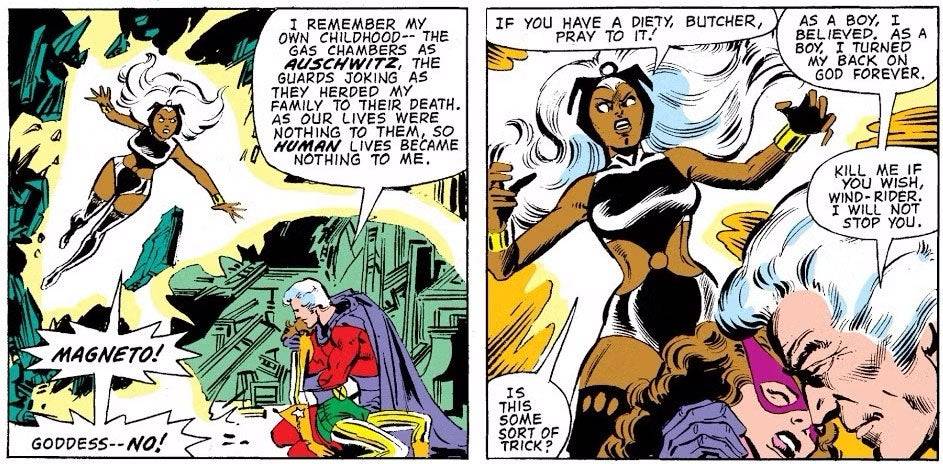
The First Appearances of Rogue, She-Hulk, and the New Mutants
The 1980s also introduced several key Marvel characters, including prominent female heroes. Rogue, a popular X-Men member (initially a villain), debuted in Avengers Annual #10 as part of Mystique's Brotherhood. This issue features Rogue absorbing Carol Danvers' (Ms. Marvel) powers, altering the course of both characters' narratives. This issue also showcases Carol's confrontation with the Avengers for their inaction during her ordeal. Savage She-Hulk #1 introduced Jennifer Walters (She-Hulk), the last character co-created by Stan Lee during his initial Marvel tenure. She-Hulk's origin story involved an emergency blood transfusion following an attack, granting her powers similar to Bruce Banner's. Tatiana Maslany portrays She-Hulk in the MCU series. The New Mutants, a spin-off X-Men series, debuted in Marvel Graphic Novel #4, featuring Cannonball, Sunspot, Karma, Wolfsbane, and Dani Moonstar (Mirage), later joined by Illyana Rasputina (Magik). A film adaptation, New Mutants (2020), featured this lineup (excluding Karma).
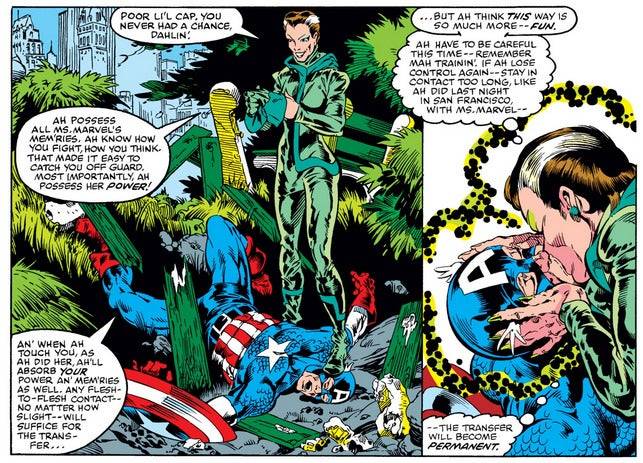
Iconic Storylines for Daredevil, Iron Man, and Captain America
Daredevil #168 marks the beginning of Frank Miller's seminal run, introducing Elektra and drastically reshaping Daredevil's mythology. Miller's two-year run redefined the character, establishing Kingpin as a major nemesis, introducing Stick, and culminating in the iconic death of Elektra in issue #181 (though she was later resurrected). This run heavily influenced the 2003 film and the 2015 Netflix series, and will be continued in the upcoming MCU series Daredevil: Born Again.
David Michelinie and Bob Layton's Iron Man run concluded with Doomquest (Iron Man #149-150), Iron Man's first solo battle against Doctor Doom, sending them back to Arthurian times. This solidified Doctor Doom's place in Iron Man's rogues gallery.
Captain America #253-254, from Roger Stern and John Byrne, features Cap's confrontation with Baron Blood, a Nazi vampire connected to Cap's WWII team, the Invaders. This darker storyline stands out for its compelling narrative and artwork.
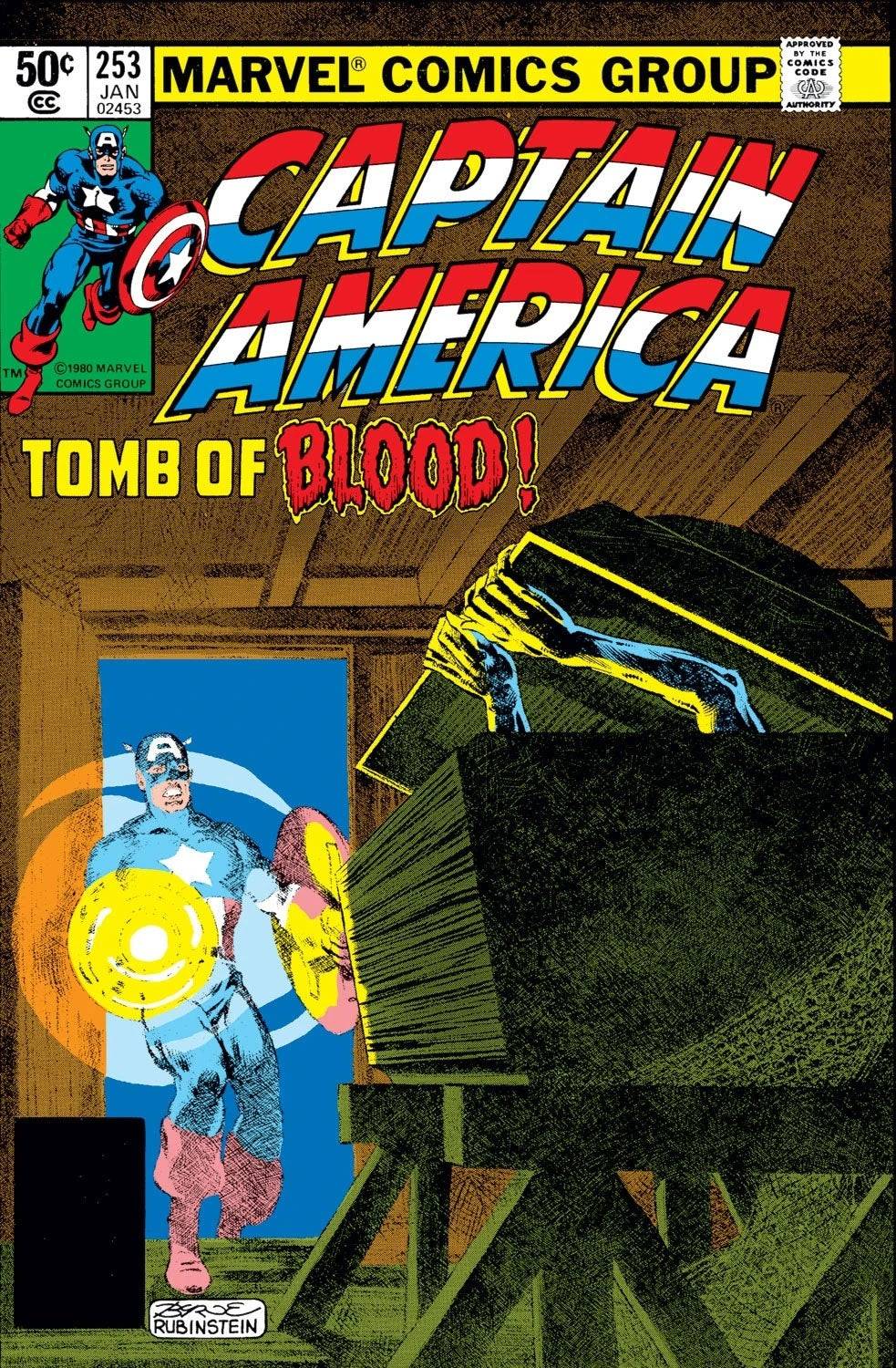
Moon Knight Becomes a Hero and Marvel Helps Create the G.I. Joe Mythology
Moon Knight #1, while not his first appearance (Werewolf by Night #32), solidified Moon Knight as a heroic figure, fully developing his backstory and introducing his alternate personalities. This issue laid the groundwork for all future Moon Knight stories.
While Marvel didn't own the G.I. Joe franchise, it played a crucial role in its creation. The 1982 tie-in comic, with Archie Goodwin's concept for Cobra and Larry Hama's character development, introduced iconic characters like Scarlett, Snake Eyes, Storm Shadow, Lady Jaye, and the Baroness. Hama's work made G.I. Joe a highly popular title, particularly among female readers due to the equitable portrayal of female characters.
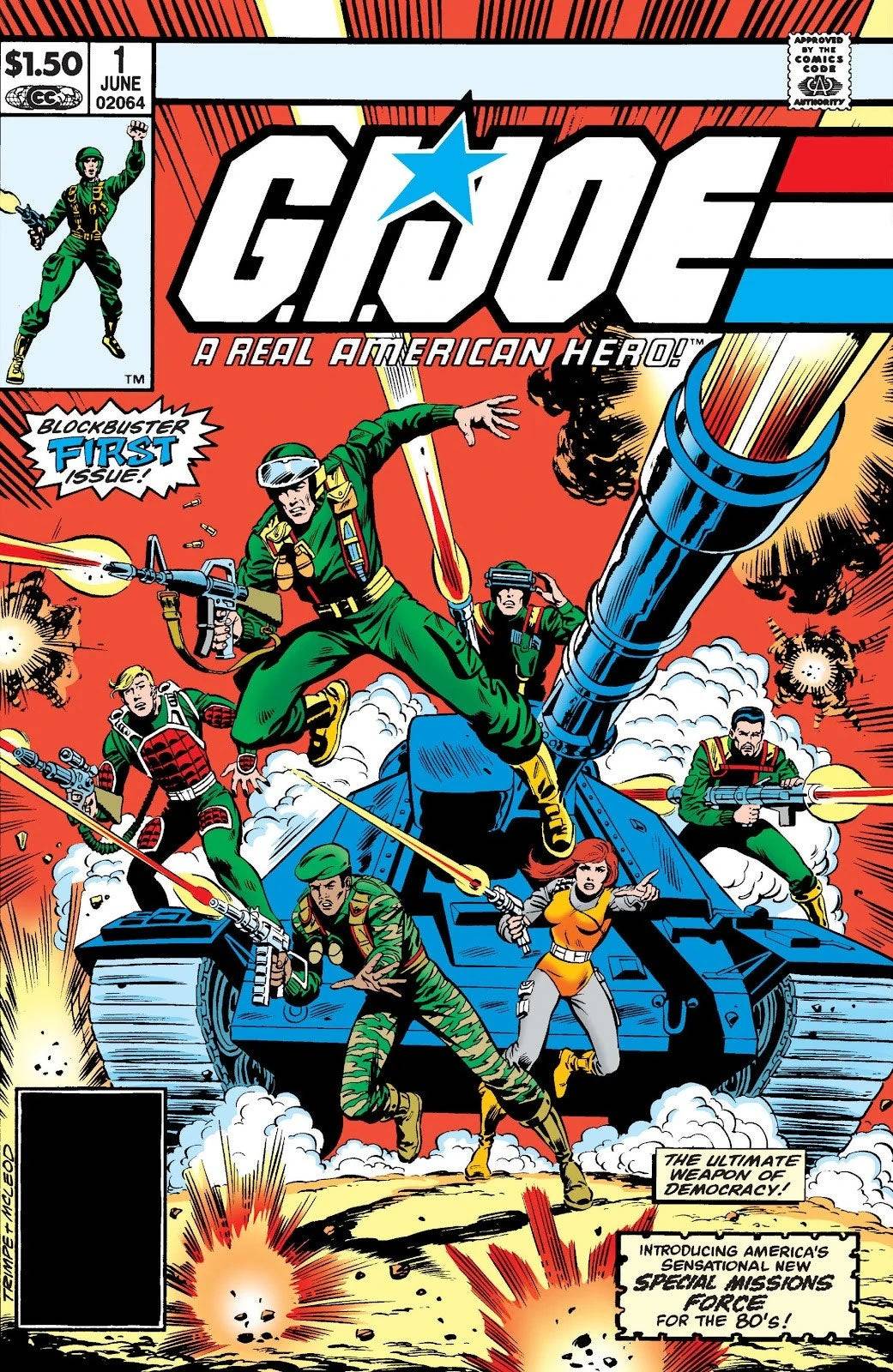
-
1

GTA 6 Set for Fall 2025 Release, CEO Confirms
Apr 03,2025
-
2

First ALGS in Asia Emerges in Japan
Jan 19,2025
-
3
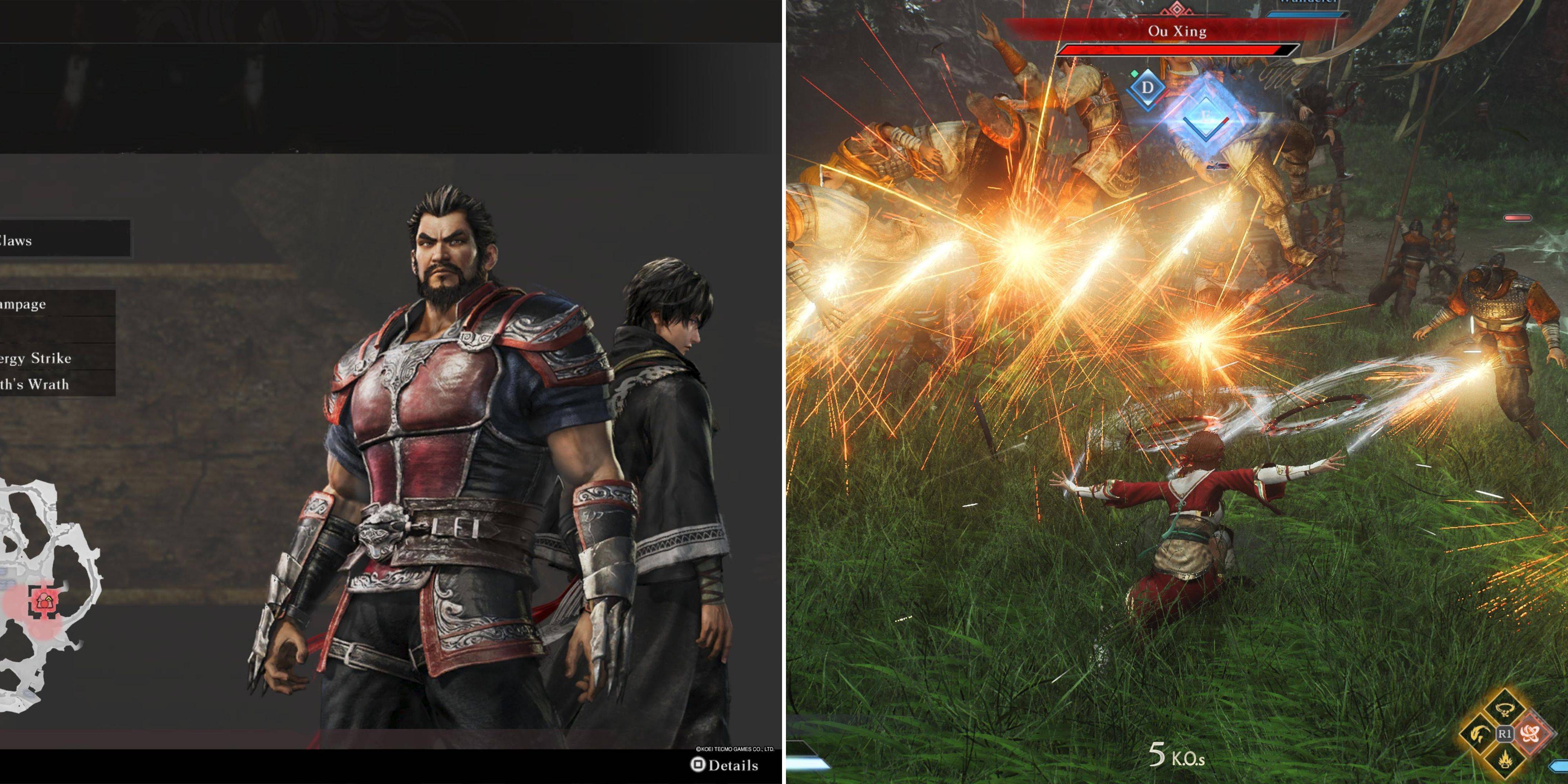
Introducing the Ultimate Guide to Seamless Character Swapping in Dynasty Warriors: Origins
Feb 25,2025
-
4

Roblox: CrossBlox Codes (January 2025)
Mar 04,2025
-
5
![Roblox Forsaken Characters Tier List [UPDATED] (2025)](https://img.jdzca.com/uploads/18/17380116246797f3e8a8a39.jpg)
Roblox Forsaken Characters Tier List [UPDATED] (2025)
Mar 05,2025
-
6
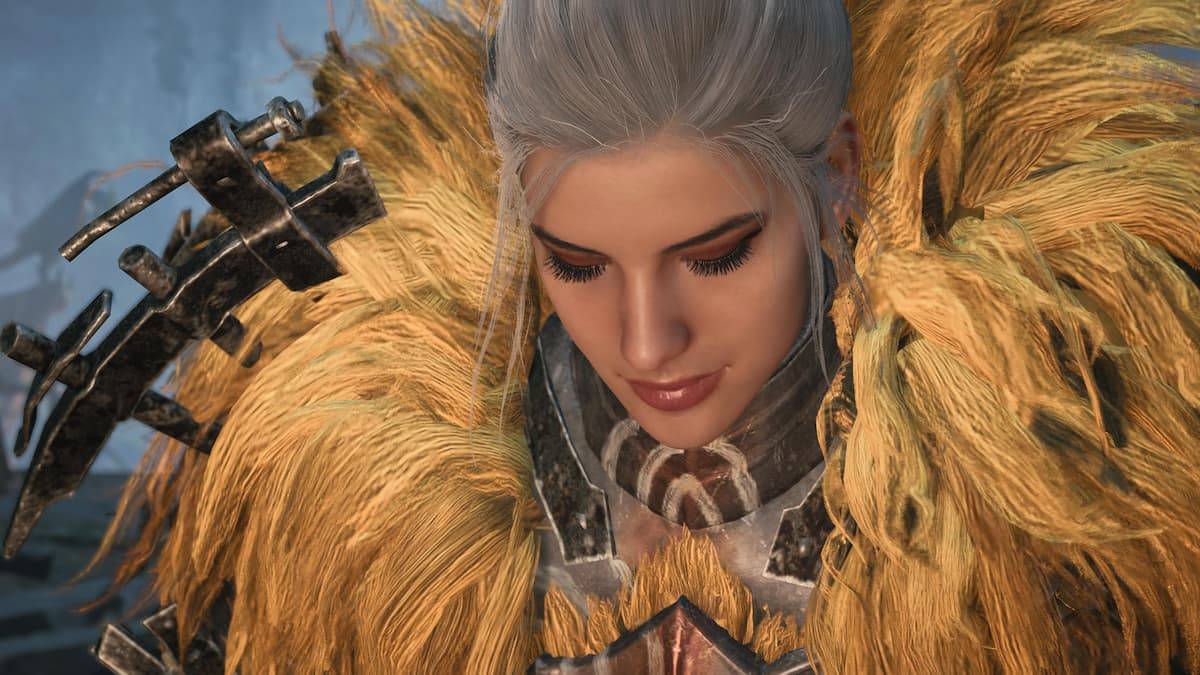
Max Hunter Rank in Monster Hunter Wilds: Tips to Increase
Apr 04,2025
-
7

Cute mobs in Minecraft: pink pigs and why they are needed
Mar 06,2025
-
8
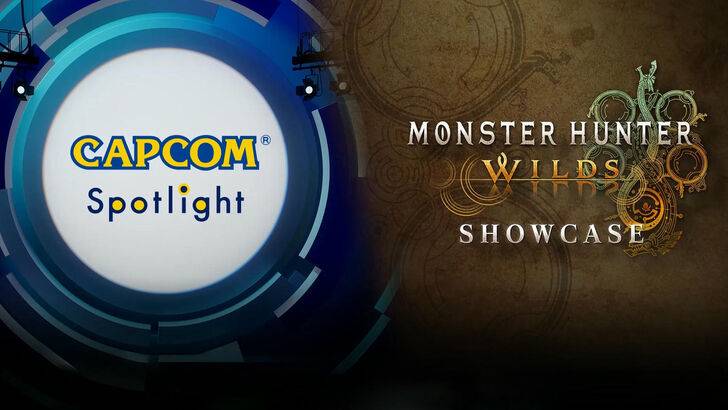
Capcom Spotlight Feb 2025 Showcases Monster Hunter Wilds, Onimusha and More
Apr 01,2025
-
9
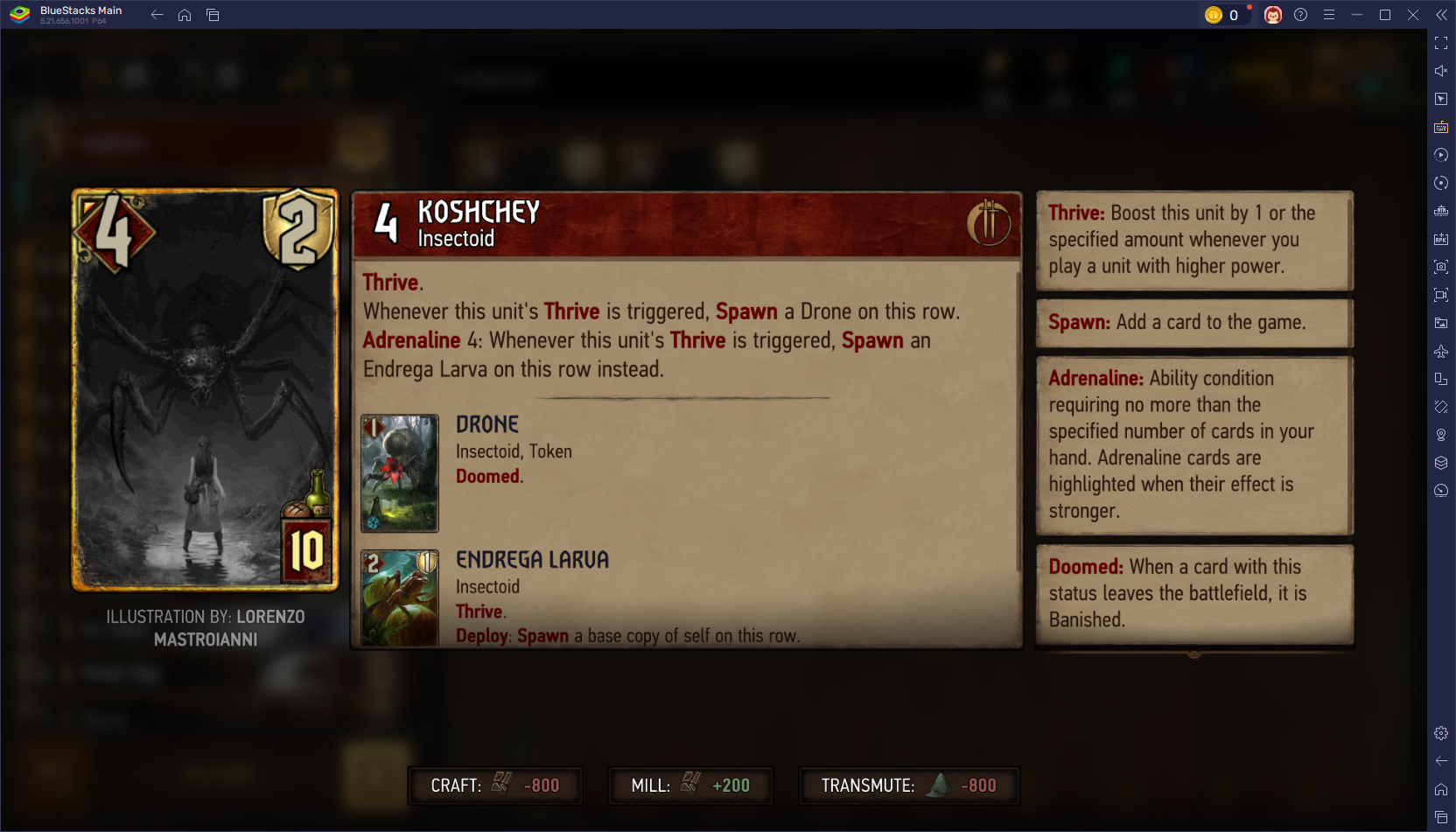
Gwent: Top 5 Witcher Decks (2025 Update)
Mar 13,2025
-
10
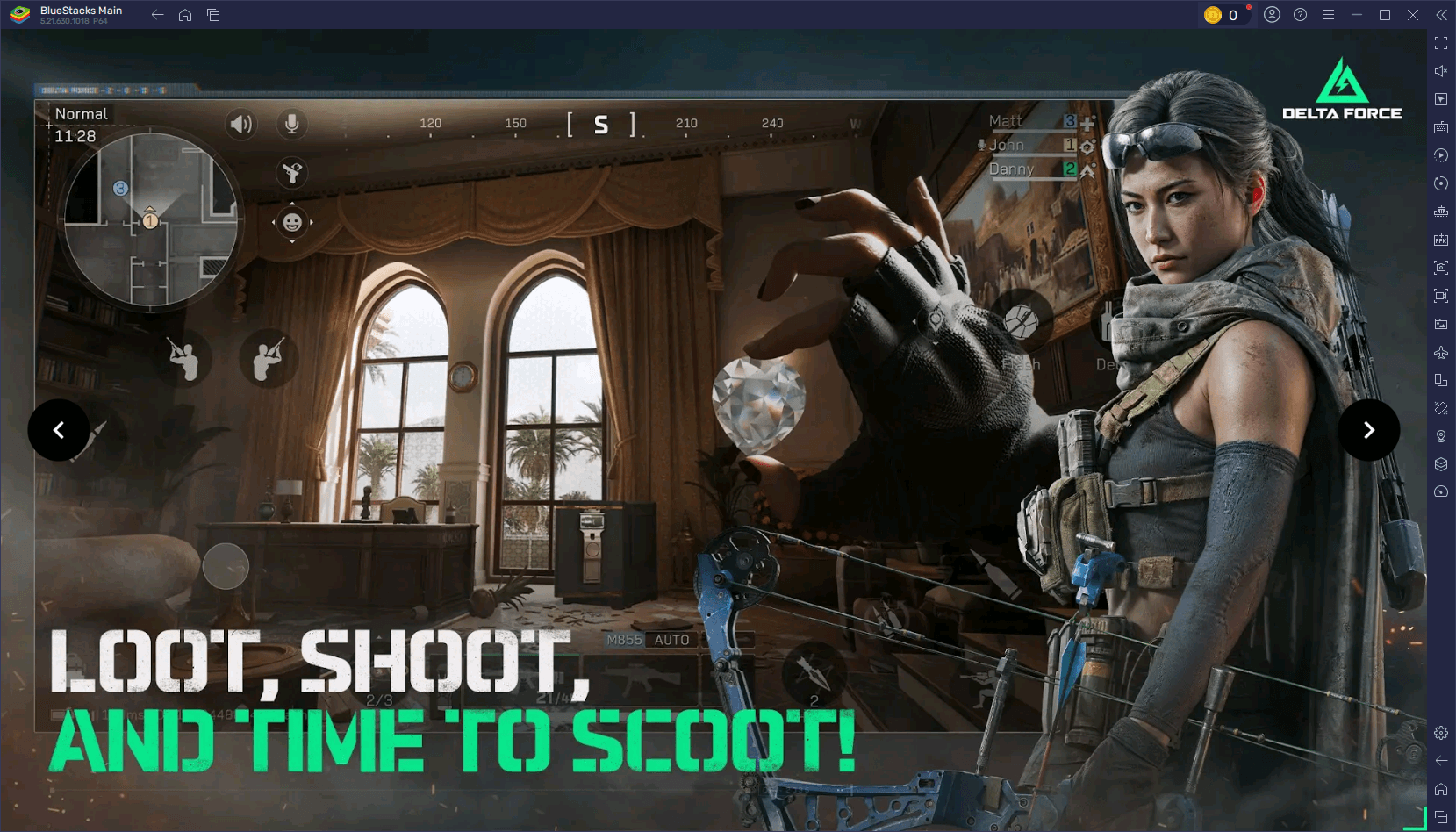
Delta Force Mobile: Beginner's Guide to Getting Started
Apr 23,2025
-
Download

Portrait Sketch
Photography / 37.12M
Update: Dec 17,2024
-
Download

Friendship with Benefits
Casual / 150.32M
Update: Dec 13,2024
-
Download
![[NSFW 18+] Sissy Trainer](https://img.jdzca.com/uploads/16/1719638919667f9b874d57e.png)
[NSFW 18+] Sissy Trainer
Casual / 36.00M
Update: Dec 11,2024
-
4
F.I.L.F. 2
-
5
슬롯 마카오 카지노 - 정말 재미나는 리얼 슬롯머신
-
6
Pocket Touch Simulation! for
-
7
Shuffles by Pinterest
-
8
Life with a College Girl
-
9
Chubby Story [v1.4.2] (Localizations)
-
10
Hunter Akuna














